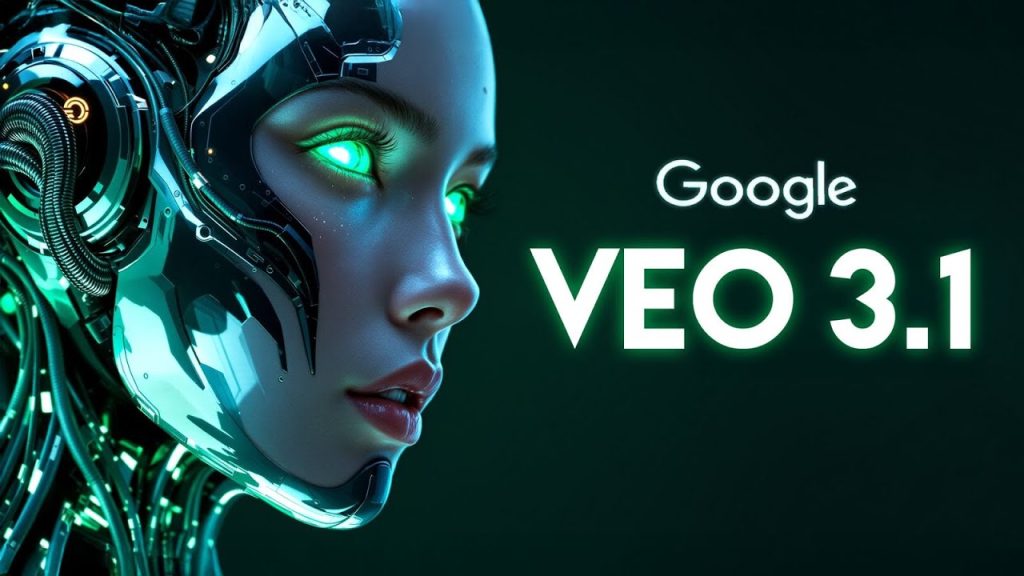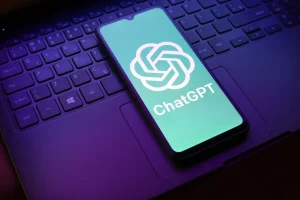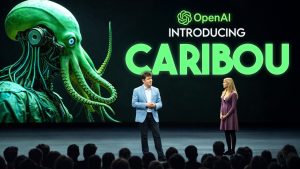VEO 3.1: Google’s Response to SORA 2

Game-Changing AI Innovations: From Rapids to Revolutionary Frameworks
Artificial intelligence continues to advance at breakneck speed, with recent innovations pushing the boundaries of what’s possible. From groundbreaking video technology to efficient model implementations, the AI landscape is rapidly evolving. Here’s a look at some of the most exciting developments that just hit the market.
Anthropic Unveils Haiku 4.5: Speed Meets Efficiency
Anthropic recently released Claude Haiku 4.5, a compact AI model that is making waves in the industry for its incredible efficiency. Imagine a model that runs twice as fast and costs only a third of what you’d typically pay. Haiku 4.5 brings together the power of coding with lightweight functionality, priced at just $1 per million input tokens and $5 per million output tokens.
This smaller model outperforms its predecessor, Sonnet 4, in tasks that require real-time responsiveness, such as chatbots, coding assistants, and customer service applications. The benchmark data show that Haiku 4.5 offers competitive performance similar to much larger models, all while maintaining impressively low latency.
Multi-Agent Orchestration
Unique to Haiku 4.5 is its ability to work alongside Sonnet 4.5, allowing users to break large projects into manageable steps. This means you can run subtasks in parallel, thanks to Anthropic’s innovative multi-agent orchestration approach. This synergy exemplifies how efficiency and specialization in AI can coexist for elevated performance across various tasks.
Importantly, safety remains a focus for Anthropic. After extensive alignment tests, Haiku 4.5 received an AI Safety Level 2 certification, making it a reliable choice. Furthermore, it has passed rigorous stress tests for potential risks associated with CBRN (chemical, biological, radiological, nuclear) issues.
Kong’s Volcano: The Future of AI Agent Development
Kong has introduced Volcano, an open-source toolkit designed to make it easier for developers to create smart AI applications with minimal code. Unlike older frameworks like Langchain and Haystack, Volcano is built from the ground up to utilize the Model Context Protocol (MCP), allowing seamless communication between AI models and APIs.
At a recent API summit, Kong’s CTO Mark Paladino demonstrated Volcano by orchestrating the ordering of over 900 coffees in real-time, all from just 15 lines of code. This capability is a game-changer for developers looking to streamline their workflows.
Flexible and Secure API Integration
Volcano enables developers to tap into multiple AI models across platforms like Anthropic, OpenAI, and Google Cloud without complex setup steps. Its integrated security features ensure safe deployment, while new updates to the AI gateway allow any API to be converted into an MCP server, simplifying the integration process even further.
The framework also supports the creation of smaller, specialized agent tasks that can leverage the advantages of various models, possibly bringing about an ecosystem of synergistic agents. Kong is urging developers to contribute to this open-source project, which is already seen as one of the cleanest frameworks for agent building on the market.
Andre Karpathy’s Nano Chat: An Open-Source Breakthrough
In a significant advancement for independent developers and teams, Andre Karpathy introduced Nano Chat, a mini chat GPT model that can be trained from scratch in about four hours for a budget-friendly price of around $100. This lightweight model encompasses around 8,000 lines of code and facilitates training, fine-tuning, and testing, all via an intuitive web interface.
Training and Performance Transparency
Karpathy’s model uses an accessible approach to machine learning. Training occurs over three key steps: understanding language patterns, solving multiple-choice queries, and fine-tuning using high-quality conversation data. An optional fourth step allows the model to learn from its own mistakes, similar to reinforcement learning techniques.
The results from Nano Chat are impressive for a model of its size. After initial setup and training, the output can perform various tasks, from chatting and problem-solving to even writing code. Users can scale the model further for improved performance without the opaque nature typically seen in larger models. With full transparency available throughout the coding, training, and evaluation process, Karpathy’s initiative opens doors for smaller teams and indie developers looking to delve into AI functionalities.
Conclusion: The AI Landscape is Transforming
The recent advancements from Anthropic, Kong, and Karpathy emphasize a clear trend towards more accessible, efficient, and specialized AI solutions. Whether it’s through new frameworks, powerful but manageable models, or open-source projects, the capabilities available to developers and creators are unprecedented.
Which innovation do you believe will have the most significant impact on the AI landscape: Haiku 4.5’s speed, Volcano’s agent framework, or Karpathy’s Nano Chat? Drop your thoughts in the comments, and let’s keep the conversation going about the future of AI.
#VEO #Googles #Answer #SORA
Thanks for reaching. Please let us know your thoughts and ideas in the comment section.
Source link






👉 Grab your free seat to the 2-Day AI Mastermind: https://link.outskill.com/AIREVOC3
first?
Whenever Sora 2 level video becomes open sourced and uncensored, the AI future will finally be here..
900 or 9000 coffee?